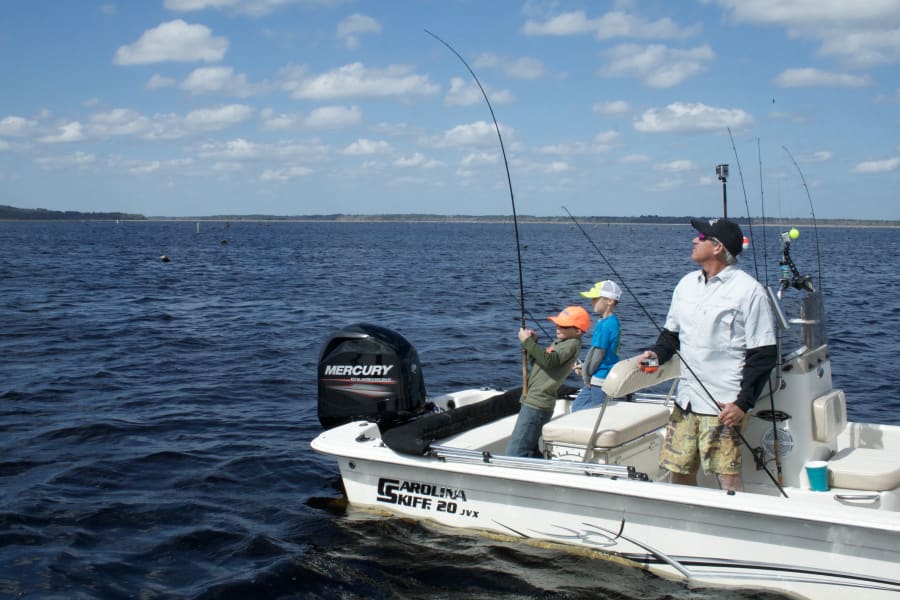JACKSONVILLE, Fla. – If you were asked to describe the legacy of President Richard Nixon, “environmentalist” is probably not one of the first things that would come to mind.
Before a political burglary blew up into a political scandal that toppled the president, Nixon made several progressive decisions, including expanding the Endangered Species Conservation Act, establishing the Environmental Protection Agency and -- 50 years ago this week -- ordering an end to a project to dig a canal across the Florida peninsula.
Recommended Videos
The Cross Florida Barge Canal -- also known as the Ditch of Dreams -- had been around since the Spanish colonized Le Florida in the late 1500s. Commercial shipping interests in 1933 proposed cutting a deep-water channel able to carry freight between the Atlantic Ocean and the Gulf of Mexico to avoid making the trip around the tip of Florida.
By the early 1960s, the project received Congressional approval and President Lyndon Johnson traveled to Putnam County in March 1964 to set off a blast breaking ground on the project.
The canal faced major opposition from people who felt it would contaminate the Florida aquafer -- the state’s drinking water supply -- and harm the Ocklawaha River Valley ecosystem, which traces its source to Silver Springs. The project was also criticized for its high cost -- estimated at up to $400 million (more than $3 billion in today’s dollars) -- and limited value to the nation.
The dream of cutting a waterway connecting the Atlantic Ocean and the Gulf of Mexico through the Florida peninsula started back when Le Florida was a Spanish colony and recorded several times before the project began in 1964.
Nixon canceled the project by executive order on Jan. 19, 1971, saying it was to “prevent a past mistake from causing permanent damage” to the Ocklawaha valley. The canal was officially deauthorized by Congress in 1990 and the land turned over to the state of Florida.
In 1998, the land acquired for the canal was renamed the Marjorie Harris Carr Cross Florida Greenway in honor of Marjorie Harris Carr, who had led opposition to the canal with the organization she co-founded, Florida Defenders of the Environment.
Five decades after the work stopped, vestiges of the ill-fated plan remain -- much of it in Putnam and Marion counties where the U.S. Army Corps of Engineers cut a channel and installed a series a locks between the St. Johns River and the Ocklawaha.
Rodman Reservoir, a 9,500-acre lake about 15 miles southwest of Palatka, was formed in 1968 when the Corps built the first of two planned dams on the Ocklawaha River.

Controversy about the project did not end when plans to complete a canal ended. Environmentalists want the dam removed and the Oklawaha restored to its natural state, but the lake has become a destination for fishermen, once called the bass capital of the world.
Central Florida’s Ocklawaha River is one of the nation’s most endangered rivers, according to American Rivers’s 2020 list. The fight over undoing the alterations to the river done by the Army Corps in the 1960s has become one of the nation’s longest-running environmental disputes.

Environmentalists filed suit in federal court in 2017 to have the dam removed and the Oklawaha restored. While a judge denied that lawsuit, the case remains on appeal.
A group called Save Rodman Reservoir, based in Palatka and with strong defenders in Tallahassee, has been just as active defending the status quo.
The controversy that began in the 60s is now well into its second half-century.
























